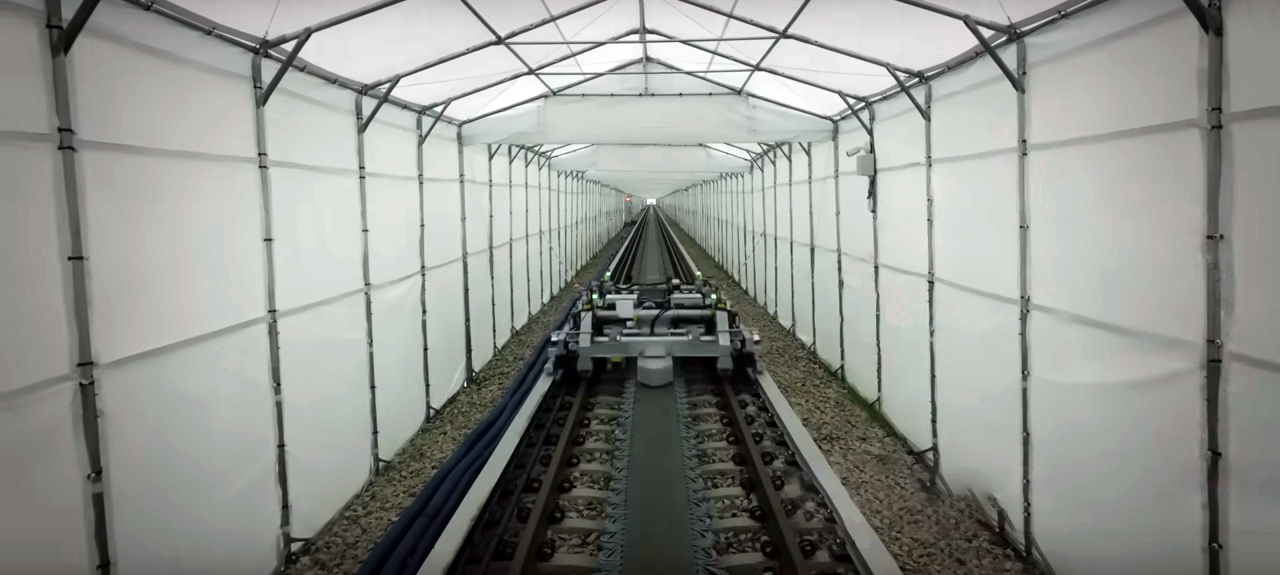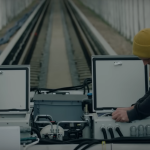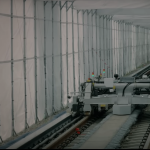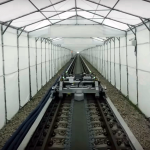 Nevomo announced it has successfully completed its MagRail tests which prove that railway vehicles can levitate on conventional railway lines. “This world-first accomplishment has the potential to revolutionise rail transport, seamlessly merging the traditional rail systems with the future vision of ultra high-speed solutions like the hyperloop,” the company says.
Nevomo announced it has successfully completed its MagRail tests which prove that railway vehicles can levitate on conventional railway lines. “This world-first accomplishment has the potential to revolutionise rail transport, seamlessly merging the traditional rail systems with the future vision of ultra high-speed solutions like the hyperloop,” the company says.
MagRail tests confirmed that railway vehicles can operate on existing railway infrastructure without any friction. During trials carried out on September 5, 2023, on a more than 700-metre-long section of Nevomo test track in Nowa Sarzyna, Poland, MagRail vehicles reached a speed of 135 km/h demonstrating stable levitation and magnetic guidance on rail infrastructure.
The 6-metre-long vehicle weighing 2 tonnes began levitating at just over 70 km/h, and it went from 0 to 100 km/h in 11 seconds. Ultimately, the high-speed passenger MagRail trains are expected to run up to 550 km/h on railway lines, significantly reducing travel times.
The tests mark a “landmark moment in Nevomo’s development. For the first time in railway history, a rail vehicle moved not on the existing tracks, but over them, without friction. It shows that our MagRail technology is not just a vision for the future. It is a tangible solution for today. By leveraging existing infrastructure, we offer a cost-effective and environmentally friendly approach to modernizing rail transport, in line with the European Green Deal’s objectives,” Przemek Ben Paczek, CEO and Co-Founder of Nevomo said.
After 3.5 years of research and testing, Nevomo has thus demonstrated that it is possible to retrofit existing rail infrastructure with linear motor and magnetic levitation devices, hence combining the reliability of traditional rail systems with the potential of transformative technologies like Maglev and hyperloop.
“The successful tests are the result of the knowledge and hard work of dozens of our engineers and experts. And this is just the beginning. We already collaborate with industry giants, including Rete Ferroviaria Italiana, SNCF, Duisport, and GATX to define various applications for MagRail, and these successful tests are paving the way for pre-commercial operational pilots,” Sebastian Kaluza, Product Development Director at Nevomo explains.
Instead of running on fixed timetables, MagRail trains will be available to passengers in variable capacity, constantly adapting to current demand in stations, similarly to metro systems – but for inter-city trips. Using Nevomo’s technology, wagons would be able to move on their own and simply adjust the number of carriages per train “on the fly”. For that, upgrading selected sections or entire railway lines would be sufficient, eliminating the need to build entirely new transport infrastructure.
Nevomo will continue the research and the development of MagRail not only for levitation, but also for further exploration of different applications of the technology to improve efficiency and capacity for rail transport and finally to start commercialising the first version of MagRail for freight transport in 2024.
The construction of Europe’s longest passive magnetic levitation test track, on which Nevomo has conducted successful tests was co-financed by the European Union’s European Regional Development Fund under the Intelligent Development Programme. The project is being implemented as part of the “Fast Track” programme of the National Centre for Research and Development.
To date, for the development of the MagRail technology and its testing, Nevomo has raised EUR 11 million of funding, comprising EUR 5.5 million equity and EUR 5.5 million non-dilutive EU grants). Additionally, last year the company was awarded EUR 17.5 million from the European Commission (EIC Accelerator: EUR 2.5 million grant and EUR 15 million equity). Funds are also being raised for a Pre-Series A round of EUR 7 million. Nevomo’s key investors include EIT InnoEnergy and Hütter Private Equity.
Share on:






